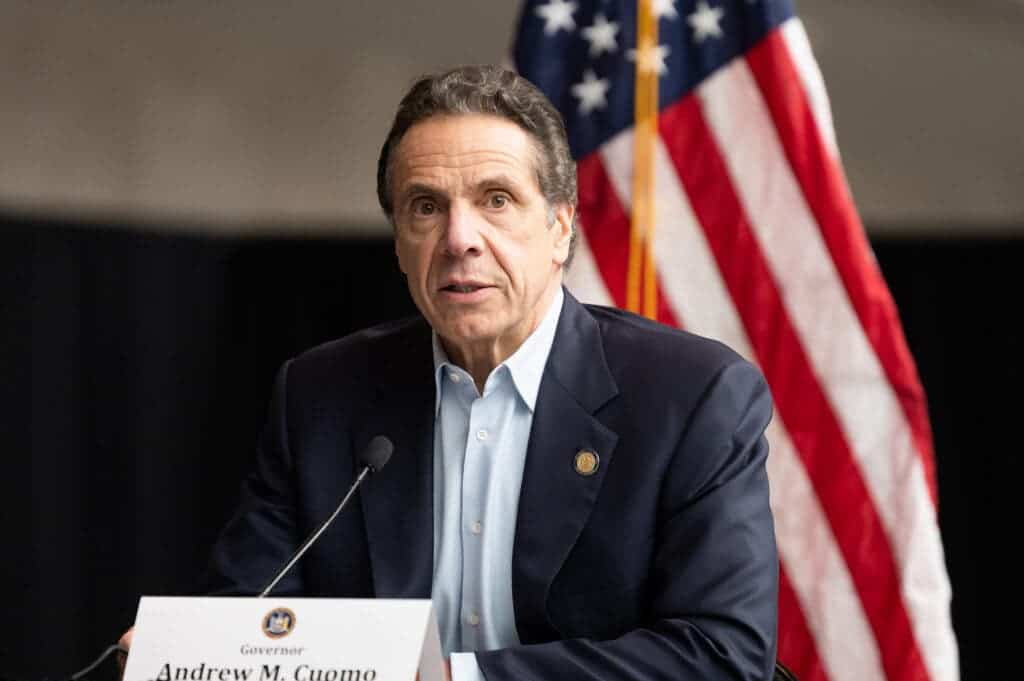With 312,977 positive cases and over 24,000 deaths, New York has been the state most severely hit by coronavirus infections so far in the United States. A new antibody survey could help researchers understand just how many people were infected in the American state.

To get a better grasp at the extent of the virus, Governor Andrew Cuomo has ordered a massive antibody test campaign, the largest one in the nation, and the latest results are in, with some positive news.
The 15,000 tests recently done showed 12.3% of those tested were positive for antibodies — considered evidence that a person had been infected with the virus. That’s lower than the first report from April 22 with 13,9% positive cases and even lower than the report from April 27 with 14.9%.
The same fluctuation was true for New York City. The study showed 21.2% of respondents had COVID-19 antibodies on April 22. Five days later, that number went up to 24.7%. But the May 1 report found that 19.9% of New York City participants had the antibodies.
While diagnosis tests show who has the virus now, antibody tests show who has had it in the past and has developed an immune response. Since many cases are asymptomatic, antibody tests are crucial in determining how far the disease has actually spread, and who is “safe” to return into society.
For Cuomo, the decline in the number of people with antibodies should be seen as positive news. Nevertheless, when looking deeper at who is actually getting infected, the virus is disproportionately impacting certain demographics.
The Bronx had the highest infection rate of the five boroughs in NYC, with 27.1% of respondents with antibodies. Brooklyn and Staten Island were next with 19.2%, followed by Queens with 18.4% and Manhattan with 17.3% Black and Latino New Yorkers are also being impacted the worst by coronavirus, with 17.4% and 25.4% infection rate respectively.
While unveiling the results of the tests, Cuomo said the number of new hospitalizations, used to measure the rate of infection, decreased to 831 after hovering in the 900s in the last week. There are still 10,350 hospitalized – a reduction from the 18,825 registered in the peak of the outbreak in April.
“We’re still getting about 900 new infections a day walking into the hospital, that’s an unacceptably high rate,” Cuomo said in a press conference. “We’re trying to understand why that is, where is it coming from, what we can do to refine our strategies and find out where those new cases are being generated.”
The governor has asked local hospitals to gather additional information from COVID-19 patients and better trace where the residents live and how they may have contracted the virus. He hopes the state could use this data to identify COVID-19 hotspots and bring additional resources to them.
Cuomo also announced a partnership with New Jersey, Connecticut, Pennsylvania, Delaware, Rhode Island and Massachusetts to combine resources in an effort to obtain further medical supplies. From now on, they will carry out joint purchases to lower the cost of the purchases.
“By working together we can do a lot more than if each of us works on our own,” said Pennsylvania Governor Tom Wolf. “Part of this is testing. We really need to work together to build the capacity to test or we’re not going to be able to give our citizens the confidence they need to go back to work.”
While the antibody tests could be helpful, their actual usefulness depends on the supposition that those who have had the virus are immune to new infections, an argument that is still an open question. Earlier reports of reinfection have been seen in China and in Japan. Furthermore, the precision of these tests has been questioned and it’s not entirely clear just how reliable they are.


